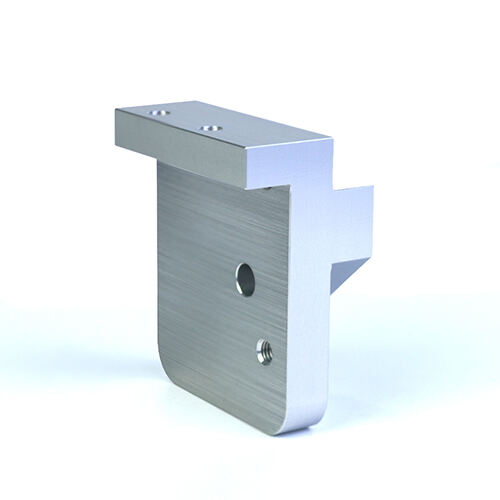Is CNC Machining in High Demand?
As global manufacturing evolves through rapid technological advancement, questions arise regarding the continued relevance of established processes like CNC machining. While some speculate that additive manufacturing may replace subtractive methods, industry data through 2025 reveals a different reality. This analysis investigates current demand patterns for CNC machining, examining key drivers across multiple sectors and identifying factors contributing to its sustained industrial importance despite emerging competitive technologies.

Research Methods
1.Design Approach
The research employs a mixed-methods approach combining:
• Quantitative analysis of market size, growth rates, and regional distribution
• Survey data from manufacturing firms regarding CNC utilization and investment plans
• Comparative analysis of CNC machining against alternative manufacturing technologies
• Employment trend analysis using data from national labor databases
2.Reproducibility
All analytical methods, survey instruments, and data aggregation techniques are documented in the Appendix. Market data normalization procedures and statistical analysis parameters are specified to ensure independent verification.
Results and Analysis
1.Market Growth and Regional Distribution
Global CNC Machining Market Growth by Region (2020-2025)
| Region | Market Size 2020 (USD Billion) | Projected Size 2025 (USD Billion) | CAGR |
| North America | 18.2 | 27.6 | 8.7% |
| Europe | 15.8 | 23.9 | 8.6% |
| Asia Pacific | 22.4 | 35.1 | 9.4% |
| Rest of World | 5.3 | 7.9 | 8.3% |
The Asia Pacific region demonstrates the strongest growth, driven by manufacturing expansion in China, Japan, and South Korea. North America maintains robust growth despite higher labor costs, indicating CNC's value in high-precision applications.
2.Sector-Specific Adoption Patterns
CNC Machining Demand Growth by Industry Sector (2020-2025)
Medical device manufacturing leads sectoral growth at 12.3% annually, followed by aerospace (10.5%) and automotive (8.9%). Traditional manufacturing sectors show moderate but steady growth of 6.2%.
3.Employment and Technological Integration
CNC programmer and operator positions show a 7% annual growth rate despite increased automation. This paradox reflects the need for skilled technicians to manage increasingly complex, integrated manufacturing systems incorporating IoT connectivity and AI optimization.
Discussion
1.Interpretation of Findings
Sustained demand for CNC machining correlates with several key factors:
• Precision Requirements: Many applications in medical and aerospace sectors require tolerances unattainable with most additive manufacturing methods
• Material Versatility: CNC effectively machines advanced alloys, composites, and engineering plastics increasingly used in high-value applications
• Hybrid Manufacturing: Integration with additive processes creates complete manufacturing solutions rather than replacement scenarios
2.Limitations
The study primarily reflects data from established manufacturing economies. Emerging markets with developing industrial bases may follow different adoption patterns. Additionally, rapid technological advancement in competing methods may alter the landscape beyond the 2025 timeframe.
3.Practical Implications
Manufacturers should consider:
• Strategic investment in multi-axis and mill-turn CNC systems for complex components
• Development of hybrid manufacturing capabilities combining additive and subtractive processes
• Enhanced training programs addressing the integration of traditional CNC skills with digital manufacturing technologies
Conclusion
CNC machining maintains strong and growing demand across global manufacturing sectors, with particularly robust growth in high-precision industries. The technology's evolution toward greater connectivity, automation, and integration with complementary processes positions it as a enduring cornerstone of modern manufacturing. Future research should monitor the convergence of CNC with additive manufacturing and artificial intelligence to better understand long-term trajectory beyond 2025.


